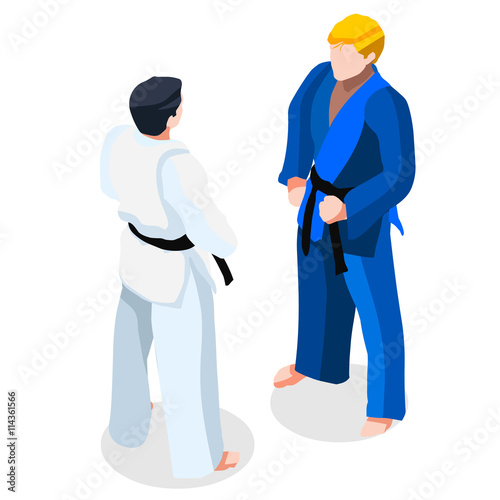Standard Martial Arts And Modern Battle Sports: A Comprehensive Overview Of Their Unique Distinctions
Standard Martial Arts And Modern Battle Sports: A Comprehensive Overview Of Their Unique Distinctions
Blog Article
just click the next post Develop By-Thuesen Burch
When you think about martial arts, do you lean more toward the traditional practices or the modern combat sporting activities? Each course offers one-of-a-kind benefits and experiences, shaped by their ideologies and training techniques. Standard martial arts stress personal development and discipline, while modern battle sporting activities focus on competitors and efficiency. Recognizing these differences can direct you in selecting the right technique for your journey. Yet exactly how do these differences manifest in training and viewpoint?
The Approach and History Behind Traditional Martial arts
While many people connect martial arts with physical fight, the philosophy and history behind standard martial arts run much deeper. You'll find that these techniques stress individual development, technique, and regard.
Stemming from ancient methods, traditional martial arts were typically created for Self-Defense and spiritual growth. They embody principles such as equilibrium, consistency, and self-discipline, directing practitioners past mere combating abilities.
As you train, you'll not only learn techniques however likewise obtain insights right into the society and values that shaped these arts. The rituals and customs, frequently given through generations, promote a feeling of area and belonging.
The Affordable Nature of Modern Fight Sports
Modern fight sporting activities have actually changed the landscape of martial arts right into a highly competitive field, where professional athletes face off in an examination of ability, method, and endurance.
You'll observe that competitors are typically organized with stringent rules and regulations, ensuring justice and safety and security. These occasions draw in huge target markets, fueling the exhilaration and intensity of competitions.
Athletes train rigorously, not just for physical expertise yet also for mental sturdiness, knowing that every detail counts in the ring. The adrenaline rush throughout competitors is apparent, as fighters push their limitations to declare victory.
premier martial arts prices appreciate the athleticism and artistry entailed, making modern-day battle sporting activities a thrilling spectacle that continues to develop and captivate lovers around the globe.
Training Techniques and Techniques: A Comparative Evaluation
The affordable environment of contemporary combat sporting activities needs ingenious training techniques that vary significantly from conventional martial arts.
In modern-day training, you'll concentrate on particular methods, sparring, and conditioning, typically utilizing drills that simulate actual fight situations. You'll see an emphasis on measurable efficiency and regular competition to evaluate your skills.
On which martial arts should i learn , traditional martial arts prioritize types, katas, and philosophical teachings, often emphasizing technique and regard over competitors.
Training is usually less extreme and may entail recurring practice as opposed to real-time sparring.
While both methods develop skill and physical fitness, modern combat sporting activities give a more vibrant and versatile training environment, preparing you for instant obstacles in the ring or cage.
Select the course that straightens with your objectives and rate of interests.
Verdict
In selecting between standard martial arts and contemporary battle sporting activities, it actually boils down to what you value a lot of. If you're trying to find individual development, self-control, and a feeling of neighborhood, conventional arts may be your best fit. But if you thrive on competition and real-time challenges, modern-day fight sporting activities could be the means to go. Ultimately, both courses use one-of-a-kind advantages, so it's everything about aligning your training with your personal objectives and rate of interests.
